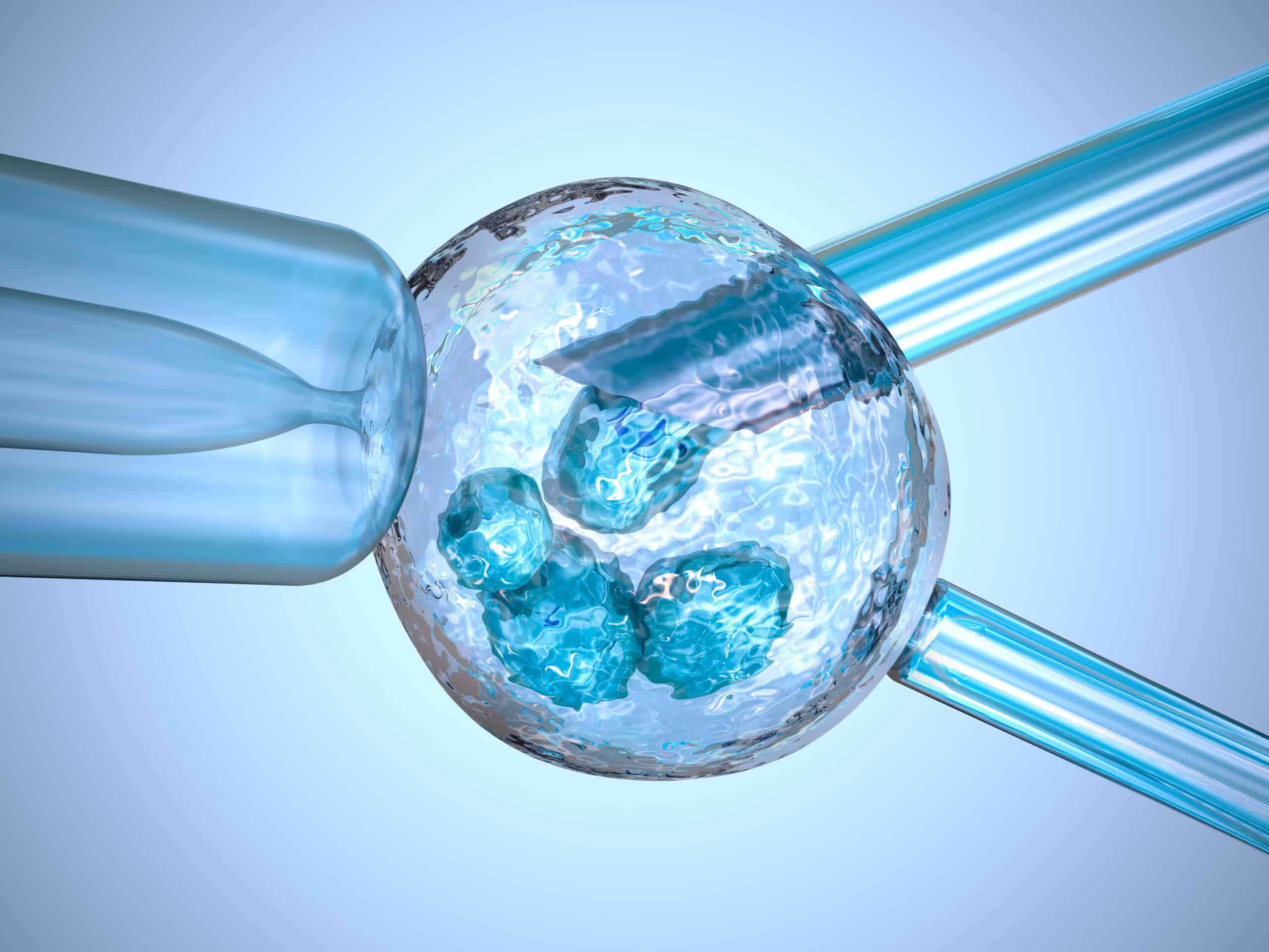As Toshiro Sato places a culture dish under a microscope he does not see a sheet of cells, rather a complex sphere of delicate tissue barely visible to the naked eye, these 3D structures develop when stem cells are given the right conditions to differentiate and arrange into forms with properties similar to those of particular organs or tissues.
Organoids have the potential to form any body tissue type, and can be derived from pluripotent stem cells, which when grown in the right conditions can organize into structures in which the different cell types are arranged similarly to in vivo tissues. Organs on chip are typically made by arranging stem cells and cells previously differentiated into the required cell types on a microfabricated device in positions and structures appropriate for desired experiment need. The difference between organs on chips and organoids is self organization vs construction.
Organoids are being used increasingly to study normal development and progression of diseases, and have been named the Method of the Year by Nature Methods in 2018. Sato’s team uses CRISPR gene editing techniques to change DNA sequencing in stem cells to observe how it affects the development of the organoid.
Organs on a chip and organoids have potential in assessing efficacy and safety of drugs, chemicals, cosmetics, and have possible applications in regenerative medicine such as comparing the effect of treatments because genetics and life history of subjects can affect how they react. When derived from patient cells organoids and OOCs can eliminate confounding effects by creating intervention and control populations that have identical genetics and clinical history. However they do not come without challenges such as how to scale up production to meet growing demand, while maintaining reproducibility and fidelity of the structure to the in vivo organs they represent.
Pluripotent stem cells used to create these technologies include naturally occurring ESCs and cells derived from differentiated cells such as fibroblasts and are manipulated to revive their pluripotency known as iPS cells. Organoids can be used to study brain development, genetic disorders, and identify factors contributing to complex conditions, as well as developing and testing protocols and new models, and are also proving to be useful in cancer research and drug development. Organoids are typically made from iPS cells manipulated to be specific to the patient.
Organoids derived from iPS and ES cells are highly suitable for studying complex developmental processes, but can take a long time to produce; those made from adult stem cells tend to require less time, and are less likely to introduce variation, resulting organoids tend to be more reproducible than others derived from iPS or ES cells. Culturing organoids is a process similar to standard tissue culture work, difficulty lies in interpretation, and it is hard to be certain which tissues are actually present in the resulting organoid.
Microphysiological systems are based on structured microdevices called microfluidic chips, on which cells can be maintained in culture. OOCs do not develop spontaneously they are designed. Structure, type and placement of cells determine the tissues that emerge and arrangement, meaning they are more consistent than organoids, and can be more sophisticated as engineered elements can be added to promote fluid and gas exchange, and features that facilitate imaging that can’t spontaneously arise in organoids.
Use of stem cells to generate tissue for OOCs is becoming more prominent because of the potential they hold for regenerative and personalized medicine, but generating tissue from stem cells introduces issue if cells do not fully differentiate or mature making quality assurance very important. OOCs can be engineered to have complexity levels organoids typically can’t match, and can be linked together to create multi-organ body on a chip models.
Developers are setting sights on demonstrating value and validity of these technologies to industrial and regulatory agencies. Scaling up the use will require manufacturing friendly formats for production and high throughput applications. Linked OOC systems could be challenged to find culture media and conditions that will serve all tissue types. In general the field is becoming more user friendly suggests Donald Ingber.
Use of OOCs and organoids are becoming more common as researchers are beginning to address more sophisticated questions. As costs continue to go down and reproducibility improves OCCs may begin to be used in place of animals in experiments in which they are used as surrogates for humans.
Each technology has advocates, however OOCs and organoids can answer fundamentally the same questions, and the line between them is starting to blur. In the next few years many papers are expected to emerge blending the two fields to get the best of both, such as Boyang Zhang who advocates synergistic engineering to use knowledge of factors that govern self organization and development to create organoid tissues for OOCs. Zhang foresees combing controlled structures and built in readout and mechanical capabilities of OOCs with organoids fidelity to characteristics of tissues and organs. It is beneficial to science when we work together meeting somewhere in the middle to get the most bang for the buck rather than working alone in our silos, says Madeline Lancaster.




